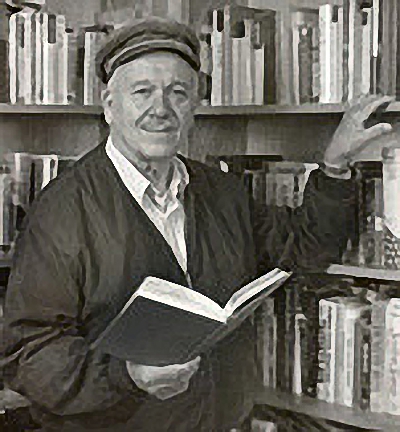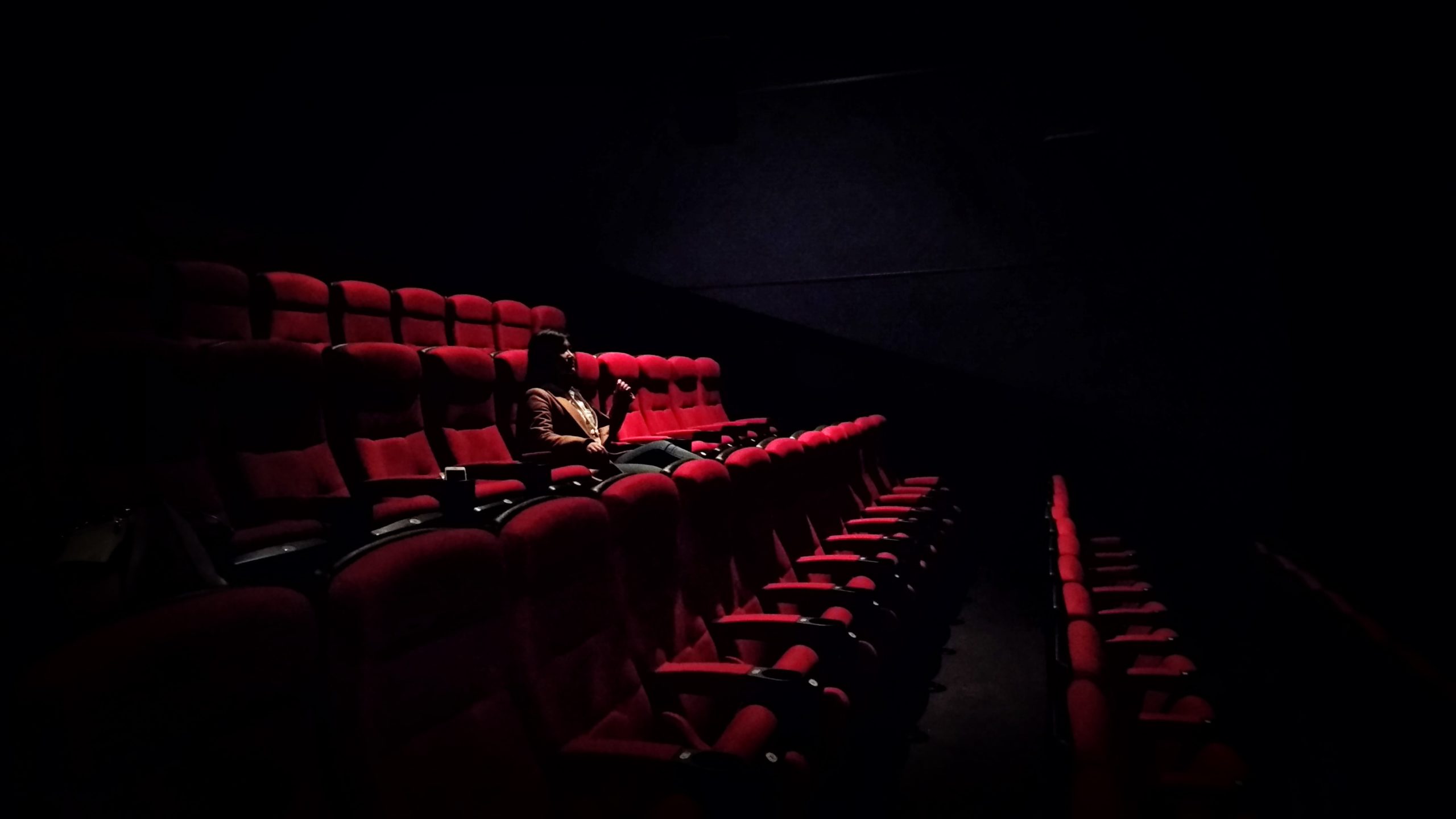Glenn Meredith Loney (1928-2018)
Glenn Loney, a Renaissance man of arts journalism who interviewed hundreds of major artists of the 20th Century around the world and across genres, died April 16, at his home in New York City at age 89 after battling brain and lung cancer for a year.

His lifetime as a critic and feature writer spanned nearly every art form with articles, books, and photojournalism. His writing appeared in scores of publications from the New York Times to Opera News, and he launched three venues himself including Theatre Crafts.
“Theater was his passion, and he considered opera to be theater and dance to be theater as well,” said his colleague and close friend Scott Bennett. “He was an extraordinary man.”
According to Bennett, Loney forged close friendships with dozens of theater luminaries like Bertolt Brecht, Gwen Verdon, Gerald Schoenfeld, and Hal Prince. He would mention their names as casually in conversations the way most people would refer to their neighbors.
Ingmar Bergman repeatedly flew him to his movie sets for professional interviews, and then kept him for extended personal conversations. So strong was his reputation that when he was late returning between acts at Angels in America this spring, management held the curtain for him without anyone asking.
In his later years, Loney was a walking, talking history of western culture, especially theater, opera and the visual arts. His fellow members of the American Theatre Critics Association (ATCA) knew the voluble raconteur for his bottomless storehouse of lengthy stories borne out of an encyclopedic knowledge gathered from personal experience and shared at the slightest encouragement in a high-pitched, scratchy voice. Younger colleagues bemused by his loquaciousness rarely realized the breadth and depth of his knowledge and accomplishments.
That depth is reflected in his stockpile of uncounted taped interviews, photos and reams of notes from interactions with such icons of the theatre as Edward Albee, Lillian Hellman, Arthur Miller, Morris Carnovsky, Katharine Cornell, and John Gielgud. “There are two banker boxes filled with cassettes that we need to transcribe,” said Bennett.
Loney’s massive resume in 2006 listed more than 1,000 magazine and journal articles, 530 reviews, seven books, six unpublished plays, two detailed show program notes, editing or contributions to 22 books, and 39 in-depth interviews for Cue magazine. Among the books is a two-volume 20th Century Theatre, a day-by-day chronology of American, British, and Canadian Theatre activity from 1900 to 1980.
Some of his more unusual projects included touring the United States to report on all the outdoor historical dramas, interviewing the artists and technicians of productions like Ringling Brothers/Barnum-Bailey Circus. He once studied every Shakespeare festival in North America.
He was as fascinated with the design aspects of theater as much as the dramaturgical facets. Before his death, Loney, working with Bennett, arranged to endow a prize, to be administered through ATCA, to give a significant cash award to a regional theater for outstanding design elements of a specific production. The details of the prize were being fine-tuned during consultations with him over the past year.
A true testimony to his obsession with the visual survives in hundreds of thousands of photographs he took on his many trips to Europe, Asia, Africa, indeed, anywhere he went. Colleagues often smiled at how he lagged behind on any tours of regional theaters and local landmarks, taking scores and scores of photographs of anything that moved or didn’t.
Loney had a simultaneous career as an educator, a profession he usually cited first when introducing himself. He was a Professor Emeritus of Theatre at the City University of New York Graduate Center and had taught at Brooklyn College, Hofstra University, Adelphi University, San Francisco State College, the University of Nevada Southern and the University of Maryland.
In addition to his longtime ATCA membership, Loney was a historian for the Outer Critics Circle and nominator for its annual awards, and a member of the Drama Desk, the International Association of Theatre Critics, the Dance Critics Association, the Theatre Historical Society, the American Society for Theatre Research, the Music Critics Association of North America, a member of the Municipal Art Society in New York and a nominator for the Society’s Brendan Gill Prize.
Glenn Meredith Loney was born on Christmas Eve in 1928 in the Mother Lode region of California, a state he championed throughout his life as a historic preservationist.
Even as a teenager, he pursued journalism and public speaking, garnering awards and outstanding grades. His love for theater (and journalism and photography) was cemented while studying for a bachelor’s degree at the University of California at Berkeley and studying for a master’s degree at the University of Wisconsin at Madison where his thesis focused on Edith Sitwell. He earned his Ph.D. in Theatre History and Dramatic Literature at Stanford University with a dissertation titled “Dramatisations of Popular American Novels: 1900-1917.” During this research, he discovered Edith Wharton and Clyde Fitch’s lost scripts for the play The House of Mirth.
After Army service during the Korean War, he was hired to lecture by the University of Maryland Overseas in 1956 and re-established a Maryland theater in Saudi Arabia. Loney taught “Classical Drama in Translation” in Greece to U.S. embassy and armed forces personnel, later being invited to teach with the famed Greek actress Katina Paxinou.
He embraced some technology including creating university-supported television shows and writing scripts for a weekly radio series about cultural and social news from Germany.
His accumulation of arts memorabilia, tapes, and notes is almost boundless and is being preserved for the future. Some 135 linear shelf-feet of files are with the University of California at Davis, additional records are at University of California at Berkeley, and his research related to choreographer Jack Cole is at the University of California, Los Angeles. Additional research material is held at the Philadelphia Public Library, his material about graphic and spatial arts at the University of the Arts in Philadelphia, and his rare art and reference books are at the library at the Frick Museum, the Brooklyn Museum of Art, and the Morgan Library.
Additionally, there are myriad papers, books, notes, recordings and other data in his apartment that Bennett hopes to catalog, digitize, and make available online including a file of 15th and 16th-century woodcuts, 1950s photos of German concentration camps, and two books purportedly printed by Gutenberg.
Loney, who was adopted, has no surviving blood relatives. No services will be held at his request.
Additional profiles are available at nytheatre-wire.com and gc.cuny.edu
– Wm. F. Hirschman





Sorry, the comment form is closed at this time.